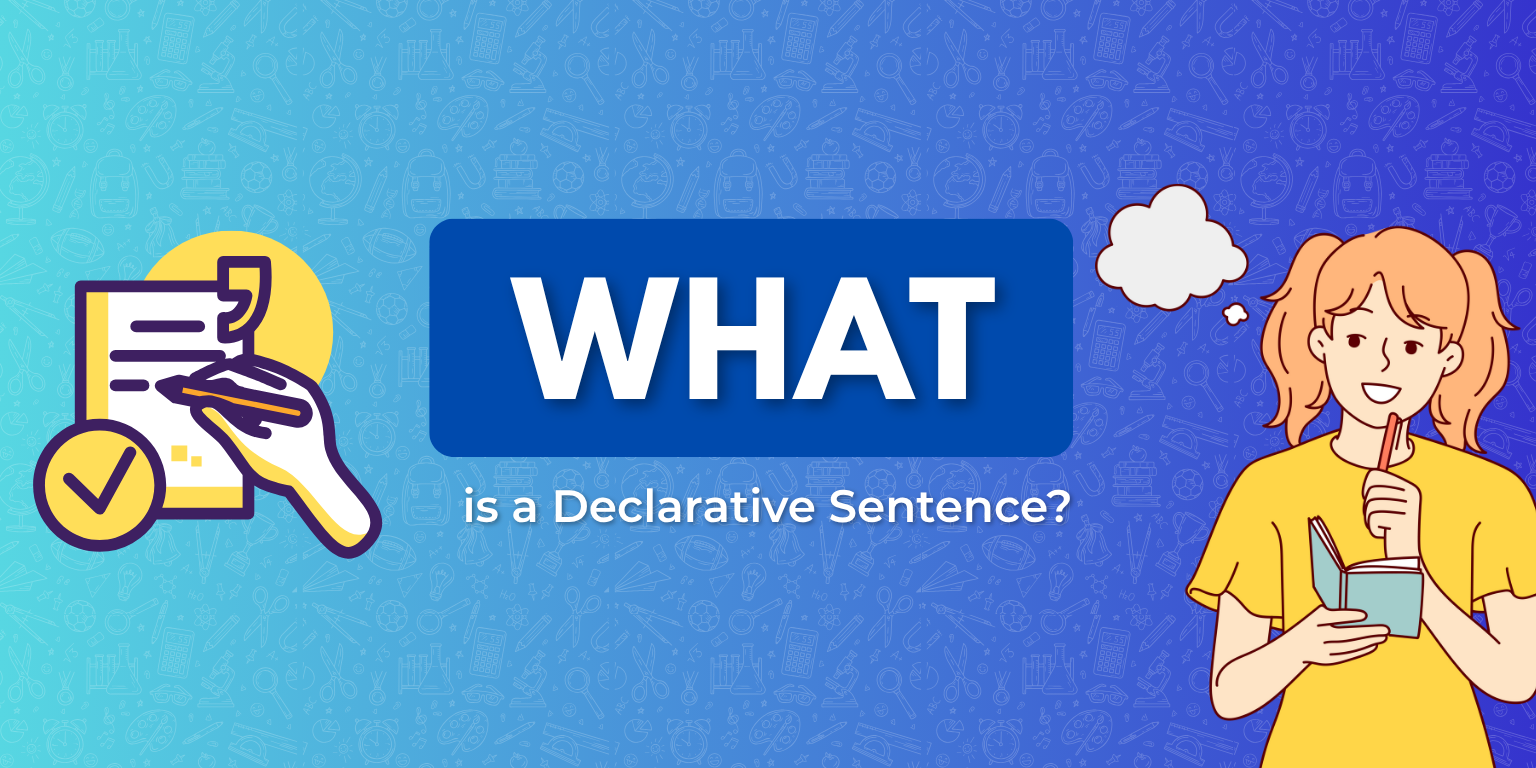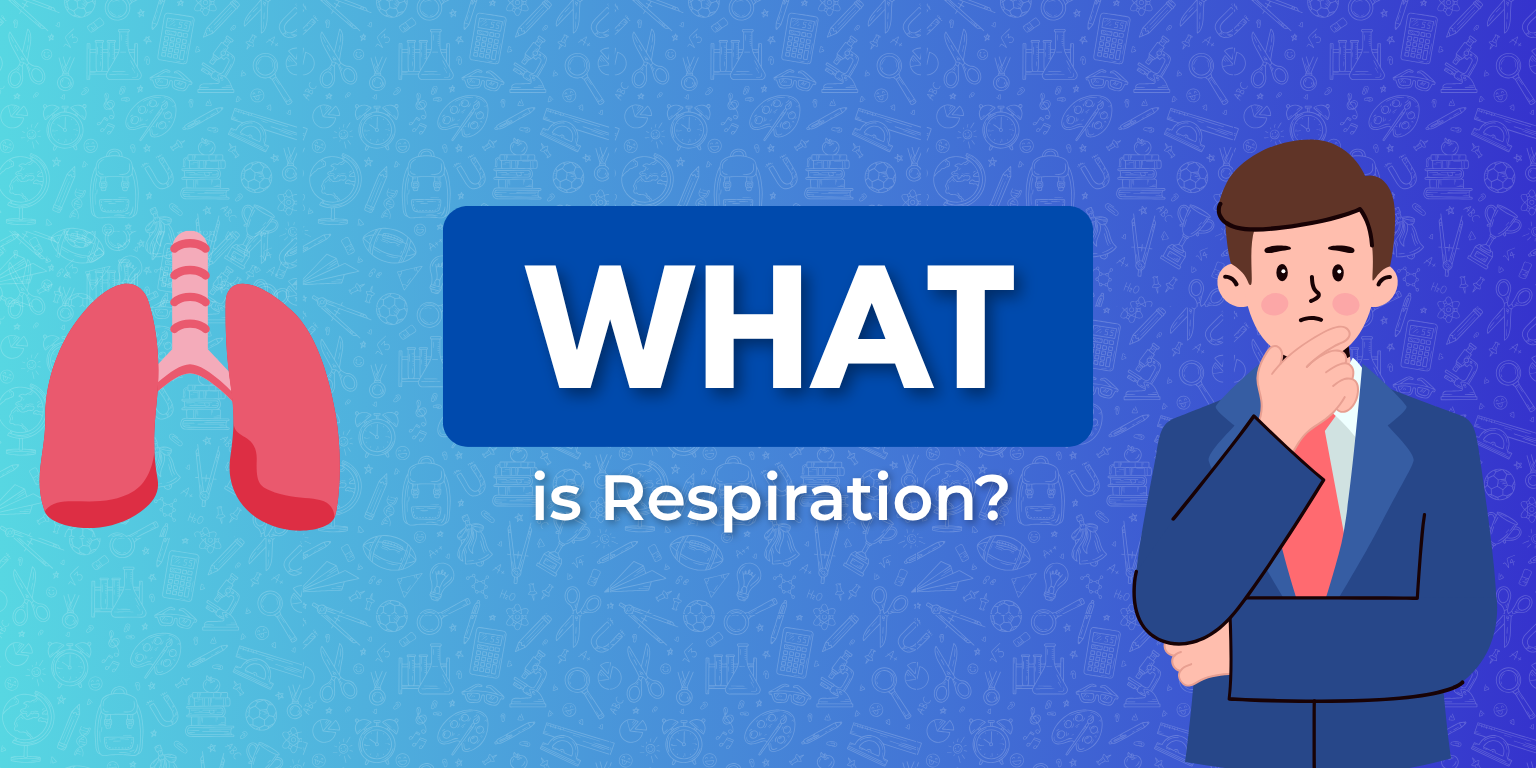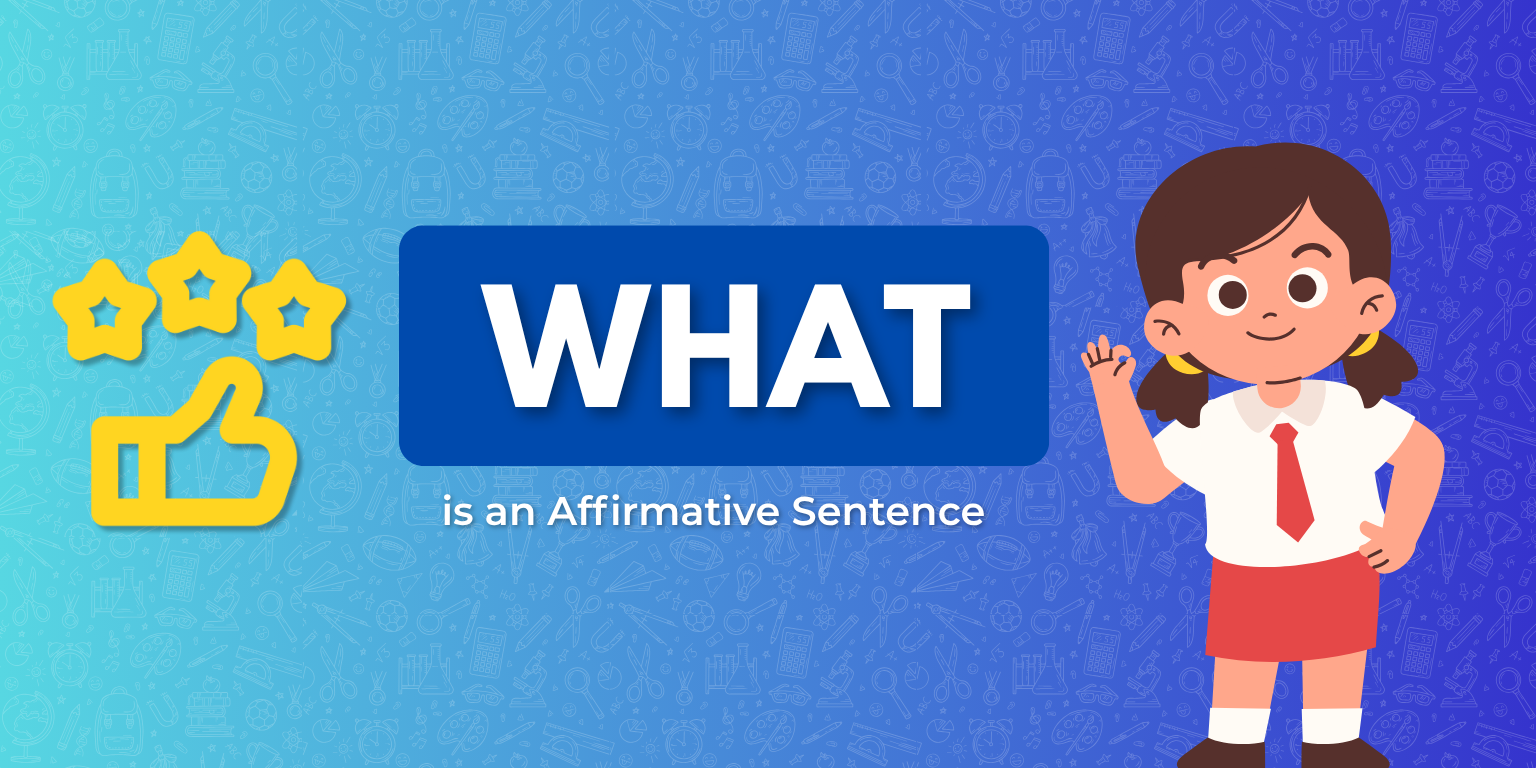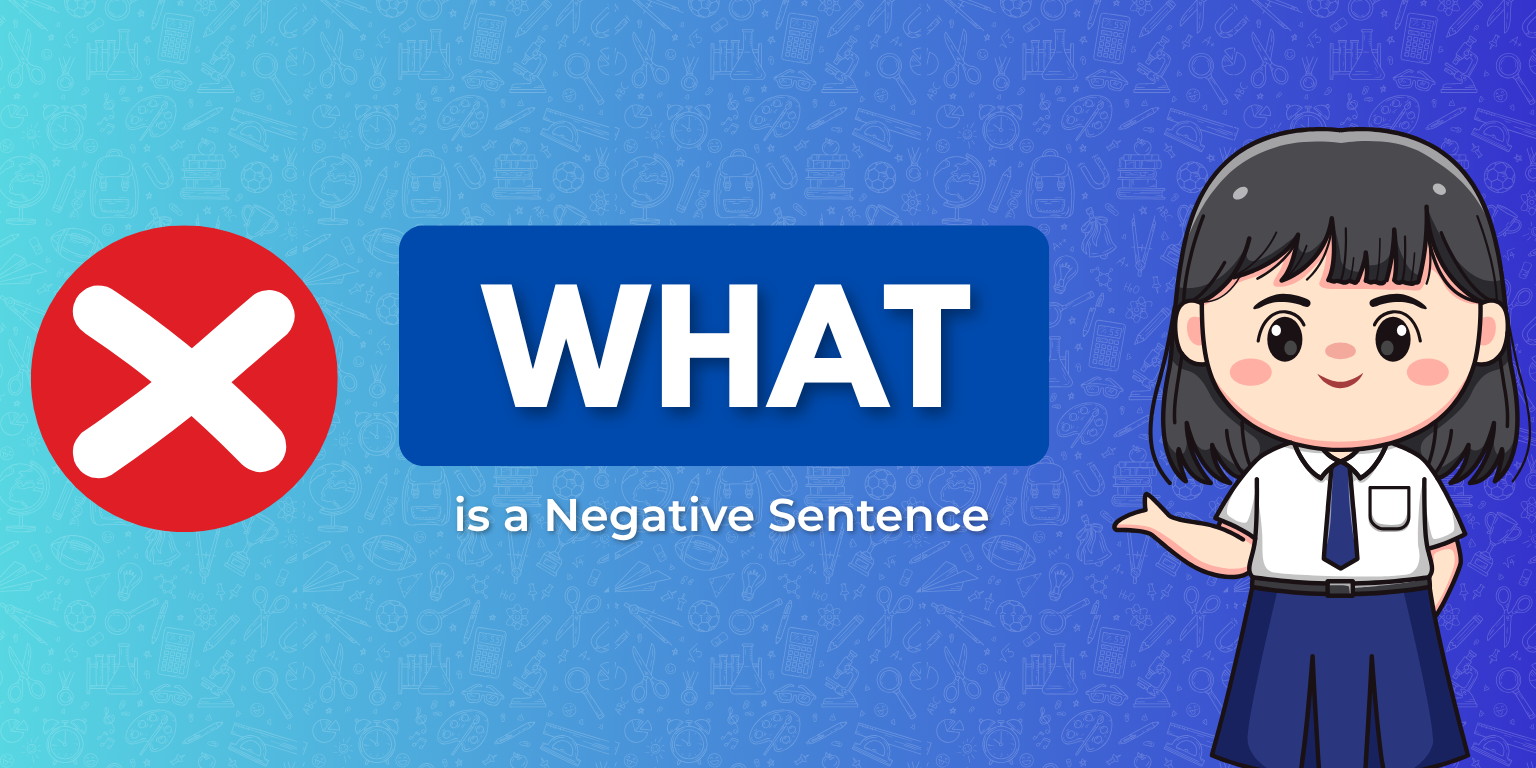A declarative sentence tells you something. It gives facts, ideas, or opinions in a clear way.
Understanding what is a declarative sentence helps improve your speaking and writing skills. This is useful in school, business, and daily life.
In this blog, you’ll learn how to use declarative sentences correctly. We’ll also cover the types of declarative sentence with easy examples.
Let’s begin!
What is a Declarative Sentence?
A declarative sentence is a sentence that makes a statement. It gives information and ends with a full stop (period).
Key Features:
- It tells something, not asks or commands
- It ends with a full stop (.)
- It is the most common type of sentence in English
Example:
The sun rises in the east.
“Get success in exams with our 1-on-1 or group english tutoring sessions.”
Why Are Declarative Sentences Important?
- They help us share ideas clearly
- Used in everyday spoken and written English
- Needed in academic writing, business, and emails
- Help build strong grammar skills
Types of Declarative Sentence
There are mainly two types of declarative sentence: positive (affirmative) and negative.
1. Affirmative Declarative Sentences
These sentences state something that is true or accepted.
Examples:
- The UAE is a beautiful country.
- I speak English fluently.
- He enjoys reading books.
Structure:
Subject + verb + object
2. Negative Declarative Sentences
These say something is not true. They often use “not” or “never.”
Examples:
- I do not like cold coffee.
- She is not coming today.
- They never watch TV.
Structure:
Subject + helping verb + not + verb + object
“Book a free assessment for english tutors.“
How to Use Declarative Sentences Correctly
1. Keep It Clear and Simple
Make your point in a straight way.
Example:
She works at a hospital.
2. Use Proper Punctuation
Always end the sentence with a full stop.
Correct:
We are learning English.
Wrong:
We are learning English
3. Use the Right Tense
Match the verb with the right time (past, present, future).
Examples:
- I went to the market. (Past)
- He is working today. (Present)
- They will join us later. (Future)
Examples of Declarative Sentences in Real Life
Daily Life:
- I wake up at 6 AM.
- This coffee tastes great.
- It’s hot outside today.
In Business:
- The meeting starts at 10 AM.
- Our sales went up this month.
- She will email the report later.
In School:
- Water boils at 100°C.
- The capital of France is Paris.
- A triangle has three sides.
Difference Between Declarative and Other Sentences
| Sentence Type | Purpose | Example |
|---|---|---|
| Declarative | States facts | I like reading. |
| Interrogative | Asks a question | Do you like reading? |
| Imperative | Gives command or request | Please read this book. |
| Exclamatory | Shows strong feeling | What a great book it is! |
Tips to Identify Declarative Sentences
- Check if it gives information
- Ends with a full stop
- No question or command is given
- Often starts with the subject
Conclusion
Now you know what is a declarative sentence, its types, and how to use them. These sentences are simple but powerful. They help you share facts and ideas in a clear way.
Keep practicing both affirmative and negative forms in your writing. Understanding types of declarative sentence will help you write better emails, essays, and more.
If you want to improve your grammar skills, TutorHelpMe offers easy-to-follow grammar lessons online.
Book your free assessment today and start speaking and writing with confidence!
Read more What Is a Sentence? Types of Sentence and Structure with Example
FAQs
1. What is a simple definition of a declarative sentence?
A declarative sentence gives information or states something. It ends with a full stop.
2. What are the two types of declarative sentence?
Affirmative (positive) and negative declarative sentences.
3. Can a declarative sentence be a question?
No. Questions are called interrogative sentences.
4. Are declarative sentences always statements?
Yes, they always make a statement and never ask or command.
5. Where do we use declarative sentences?
In daily speech, writing, reports, exams, emails, and business communication.



